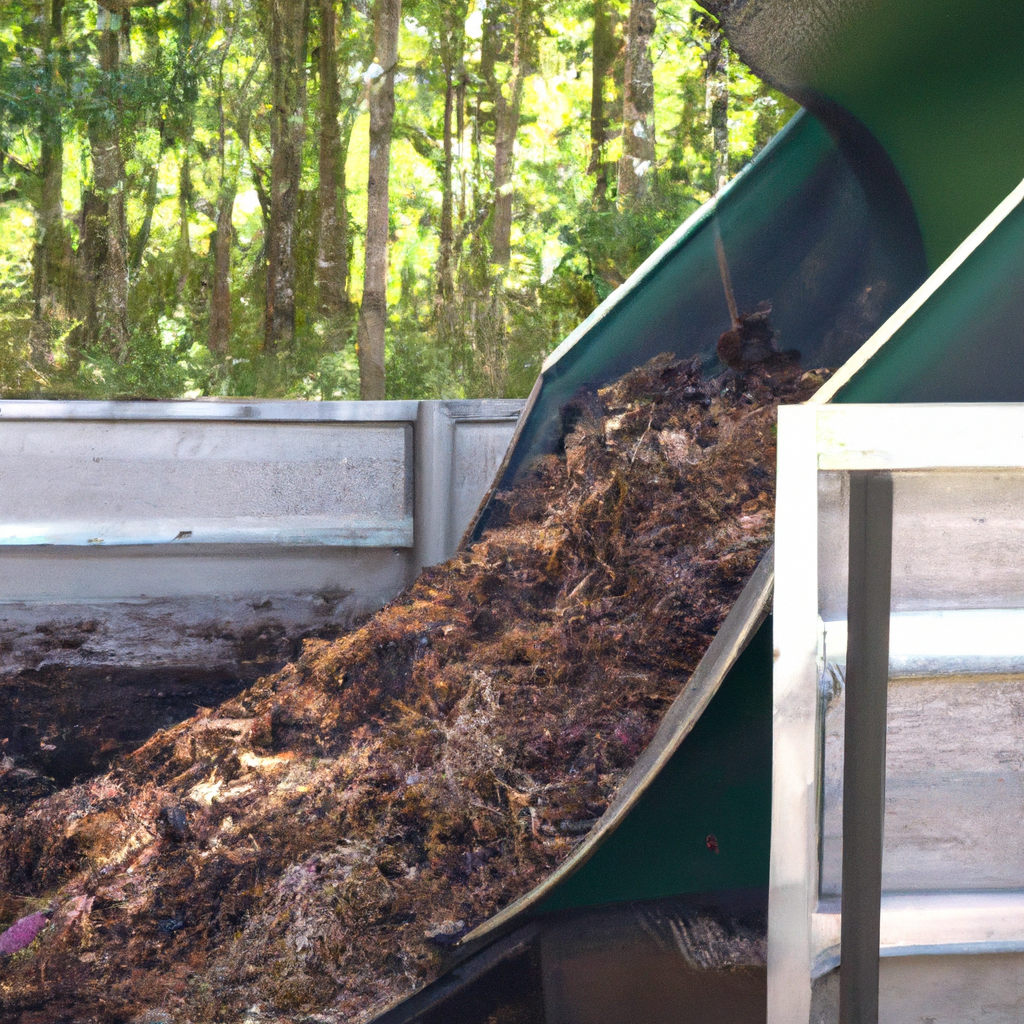Organic waste management is an essential aspect of environmental sustainability, and composting is a widely used method to reduce waste and produce nutrient-rich soil amendments. Anaerobic composting is one of the composting processes that utilizes anaerobic bacteria to decompose organic waste. In this article, we will explore how anaerobic composting works and its benefits.
What is Anaerobic Composting?
Anaerobic composting is a biological process that decomposes organic matter in the absence of oxygen. This process is different from aerobic composting, which requires oxygen and involves the use of aerobic bacteria to break down organic matter. Anaerobic composting produces biogas, which is a mixture of methane and carbon dioxide. The biogas can be used as a renewable energy source, and the remaining material is a nutrient-rich soil amendment.
How Does Anaerobic Composting Work?
Anaerobic composting involves four stages, namely hydrolysis, acidogenesis, acetogenesis, and methanogenesis.
1. Hydrolysis: In this stage, complex organic compounds are broken down into simpler compounds by enzymes produced by bacteria. The enzymes break down carbohydrates, proteins, and fats into simple sugars, amino acids, and fatty acids.
2. Acidogenesis: In this stage, the simple compounds produced in the hydrolysis stage are converted into organic acids, such as acetic acid, lactic acid, and butyric acid. This stage is carried out by acidogenic bacteria.
3. Acetogenesis: In this stage, the organic acids produced in the acidogenesis stage are converted into acetic acid, hydrogen, and carbon dioxide. This stage is carried out by acetogenic bacteria.
4. Methanogenesis: In this stage, methane is produced by methanogenic bacteria from the acetic acid, hydrogen, and carbon dioxide produced in the acetogenesis stage. Methane is the primary component of biogas, which is produced during anaerobic composting.
Benefits of Anaerobic Composting
Anaerobic composting has several benefits, including:
1. Waste Reduction: Anaerobic composting reduces the amount of waste going to landfills, which helps to reduce greenhouse gas emissions and preserve landfill space.
2. Biogas Production: Anaerobic composting produces biogas, which can be used as a renewable energy source. Biogas can be used to generate electricity, heat, and fuel for vehicles.
3. Nutrient-rich Soil Amendment: The remaining material after anaerobic composting is a nutrient-rich soil amendment that can be used to improve soil fertility, water retention, and plant growth.
4. Methane Production: Methane produced during anaerobic composting is a potent greenhouse gas. However, capturing and using biogas produced during anaerobic composting can significantly reduce methane emissions.
Conclusion
Anaerobic composting is an effective method of organic waste management that produces biogas and a nutrient-rich soil amendment. The process involves the use of anaerobic bacteria to decompose organic matter in the absence of oxygen. The biogas produced during anaerobic composting can be used as a renewable energy source, and the remaining material can be used to improve soil fertility. Anaerobic composting is an essential component of environmental sustainability and waste reduction.







